One of my remaining pleasures in life is discovering obscure details of less common cameras that escaped my notice when they first appeared and I came across this intriguing camera, the Panasonic C 2200 ZM Mini&Zoom.
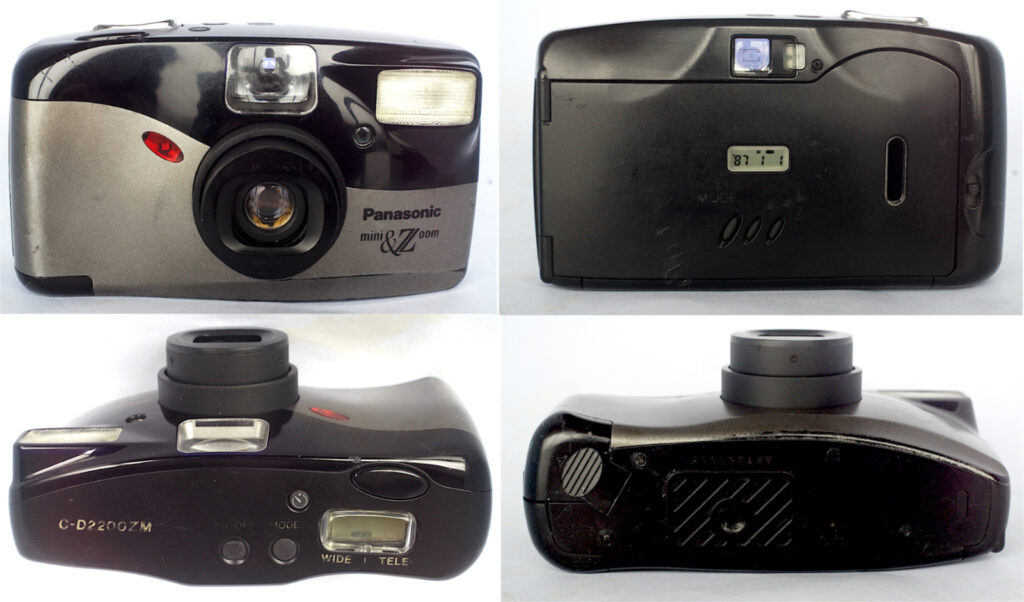
The model
What little Google searches produced suggests that it is (possibly) a close relative of a Leica Mini Zoom, slightly restyled, with (possibly) a Leitz design zoom lens (possibly) made by Minolta in a body that shares (possibly) its chassis with a Nikon and was manufactured (possibly) in Indonesia. The only likely firm bit is that the electronics are Panasonic’s, the only name appearing anywhere on the camera. Whew! What a mish-mash but containing some of the most respected names in the business. To add to the confusion the Leica Forum states that this Leica was made by Kyocera in Japan.
It is reported to have been introduced in 1992, or maybe 1993 according to Camera-Wiki, based on an advert, but with the start date on this one’s date imprinting back being 1987, I am not sure about either date. Mckeown’s 12th doesn’t even mention it.
It is a 35mm compact, auto everything, including built-in flash with over-rides and options. There was a panorama insert offered as an optional extra but this was a seperate component, clipping into the film gate before loading a film and was not built in and selectable on a frame by frame basis unlike some models with this feature.
The camera
Unfortunately, these largely plastic bodied 1980-90s consumer cameras can be past their best after some 30 years, especially if well used.
Initially, this Panasonic C 2200 ZM was lifeless and seemed to have power supply problems with signs of a taped down battery door. But when a battery was inserted the lens popped out and went straight back in, the camera remaining unresponsive otherwise. This made me suspect the door was a red herring and I turned my attention to the on/off button. This turned out to need some force with a finger nail and on one side of the button rather than the centre to bring things to life. Simply pressing on it with a finger had no effect. So we were in business.
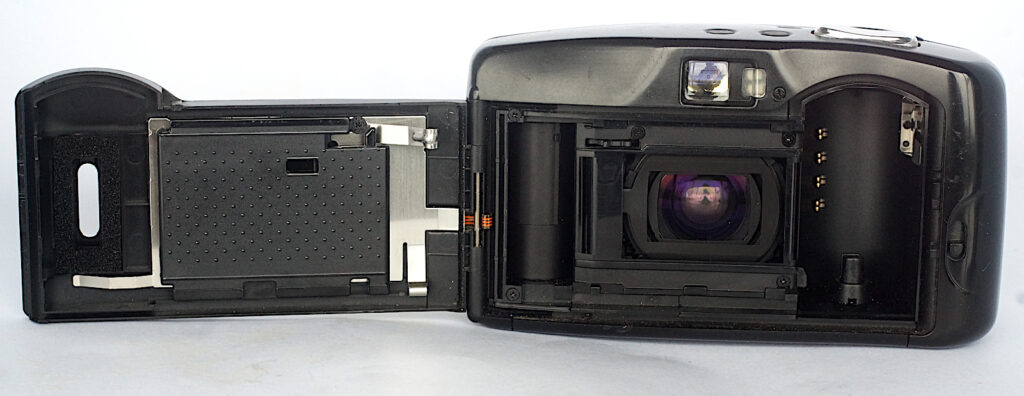
The Panasonic C 2200 ZM is a major step up from the Point and Shoot models that were so common around this time, with user options to appeal to a more advanced snapper as well as a complete novice.
It has a good all round specification, moderately sculpted to fit the hand and offering a good grip with controls well arranged. The novel zoom rocker is combined with the transparent LCD cover and sits conveniently just behind the shutter release. The mode, on-off and self-timer buttons sit just to the left, all accessible with the right index finger. A recessed button on the base allows rewinding mid-roll if necessary, needing a ball pen to operate. Date controls are central on the camera back but only go up to 2019.
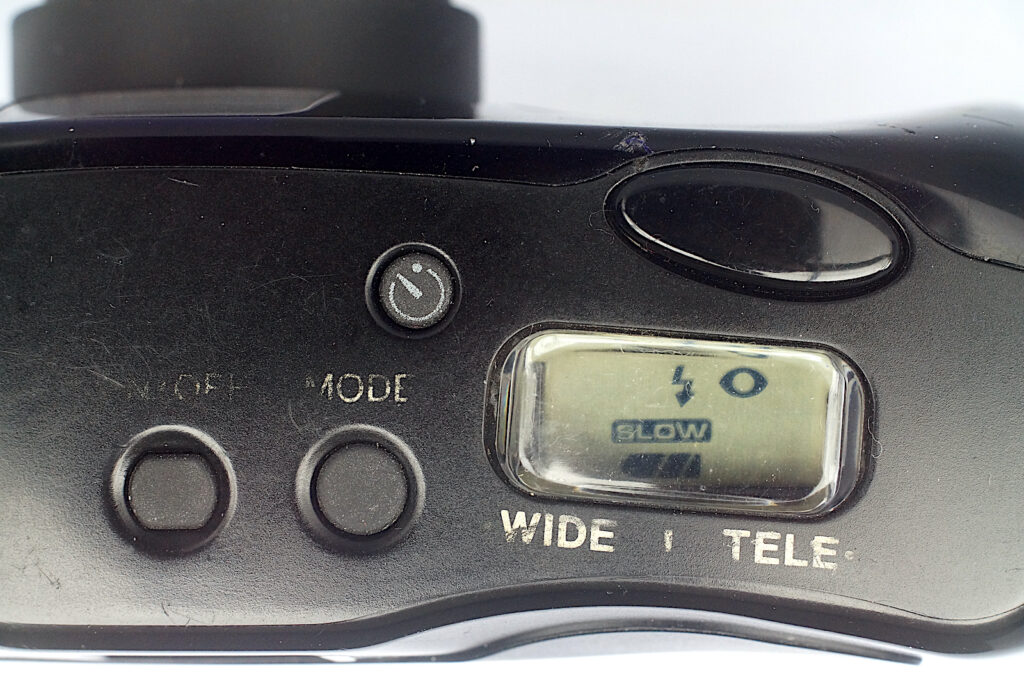
The mode button takes you through a series of options: auto flash on, auto flash on with redeye reduction, flash always on, flash on with redeye reduction and B, flash off and an infinity lock with flash off for shooting through glass. It defaults to auto everything and 35mm when powered on. The delayed action gives approx. 10 second delay with a progress light on the front.
The zoom rocker is not very large making the graphics quite small.
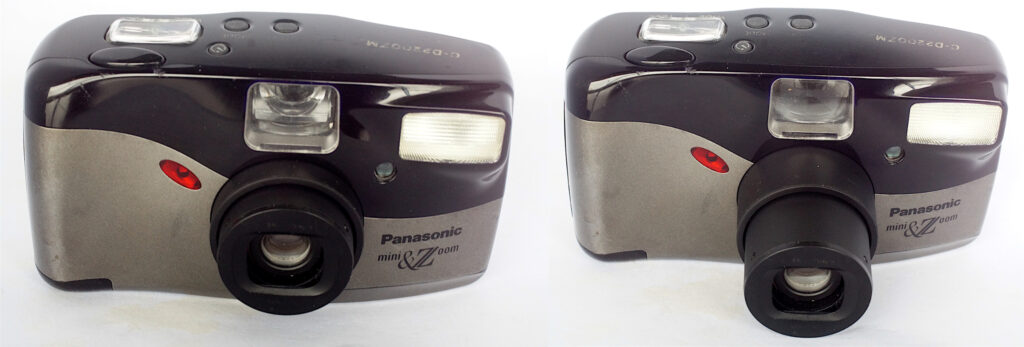
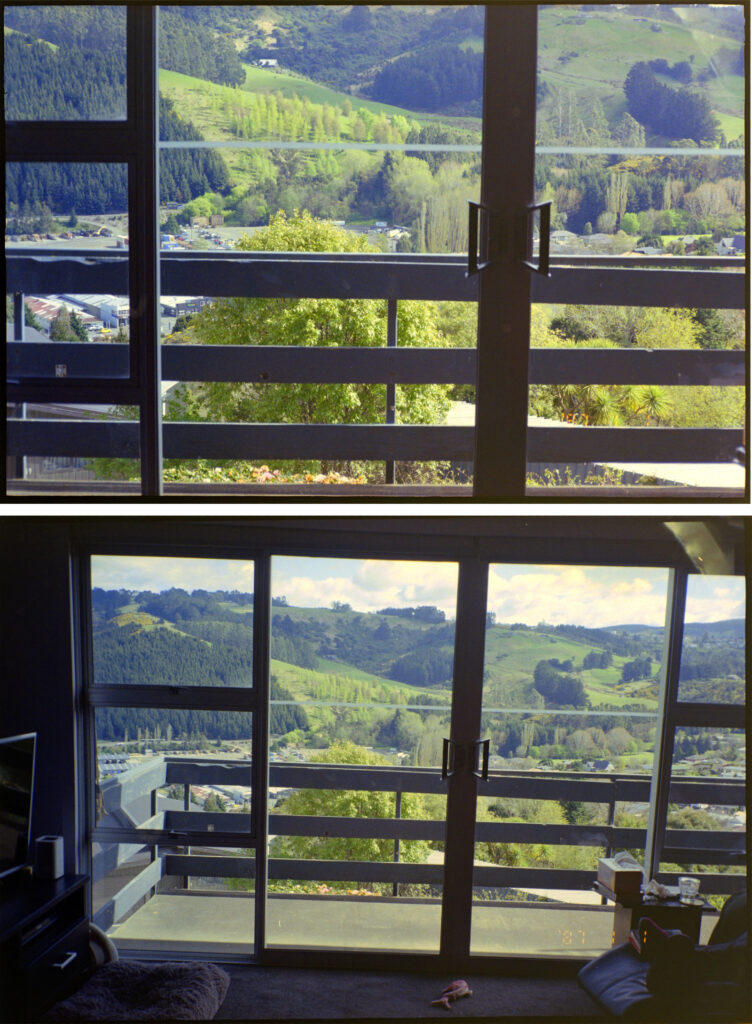

The Panasonic C 2200 ZM lens design is of 7 elements in six groups, 35-70 zoom, f4-f25, with 0.6m closest focus and in a shutter speeded 1/4 – 1/300sec. All the technical specifications are mostly the same as the Leica Zoom Mini, but a check on the lens shows eight reflections in front of the shutter and four behind, so there are only two elements behind the shutter, the Elmar section from the Orphan Cameras Zoom Mini manual shown here has three. So the lens design and/or shutter location appear to be different on this camera, or an earlier design perhaps.
Auto-focus, auto-wind/rewind, auto-exposure and delayed action with film speed set by DX code between ISO 50 and 3200 are also features. Frame numbering is on the LCD and doesn’t show with the camera off.
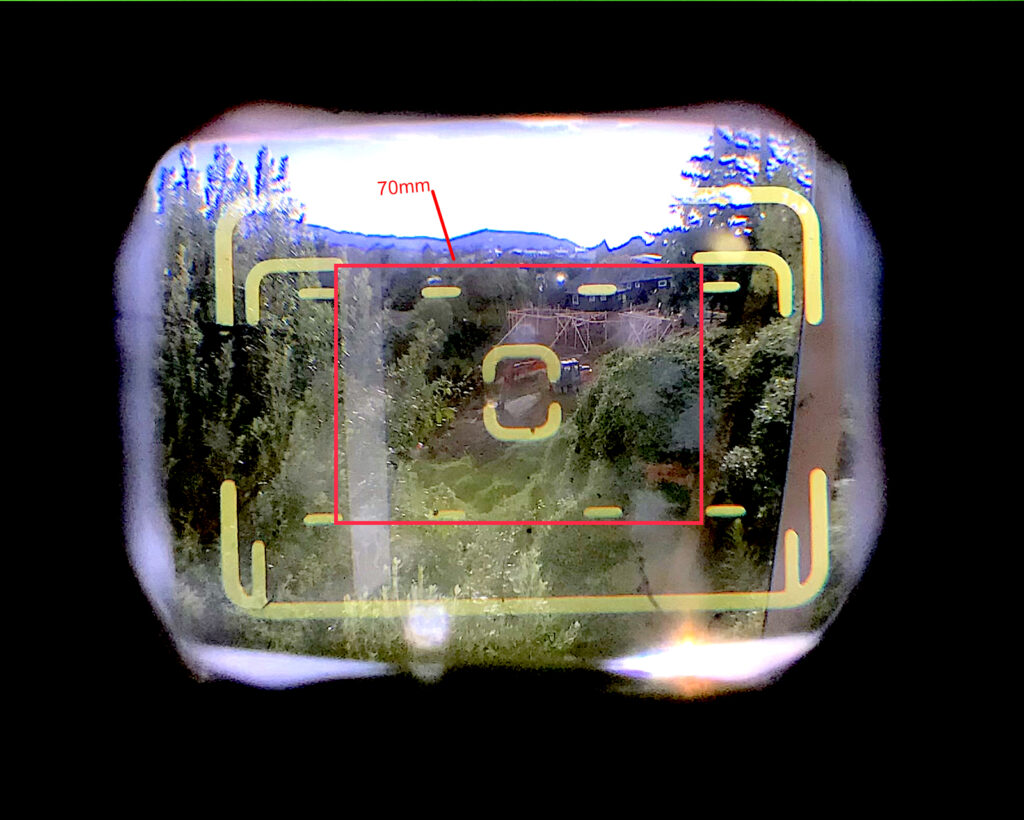
The finder is quite easy to use even wearing glasses and shows the suspended frame, close up adjustment, focus spot and the panoramic frame. The reflected frame can be quite dim in poor light, possibly due to the deep finder housing shading it.
The finder zoomed with the lens at first but it now seems to be stuck on 35mm, there were some suspicious grinding noises after a time in use. Loose or stripped gears maybe? The 70mm setting can be estimated using the inner points of the close-up/panorama indications in the finder.
Unusually, the finder shows the magnified image size when focussed at closest distance, not simply the parallax offset. This is the same as found on some the Nikon compacts, the only times I have come across it but there could be others. It would be necessary with the lens focussing down to 0.6m when the the framing will be noticeably affected.
Even left on 35mm it becomes a very advanced auto everything compact.

Two warning lights are placed to the right of the eyepiece indicating exposure and focus acquisition, and flash ready when in use. Both lights can flash as a warning when flash is not ready, too close to focus or when a slow shutter speed is set.
Power is supplied to the Panasonic C 2200 ZM camera, flash and date back by a 3v CR123A lithium battery, claimed to give approx. 18 24exp. rolls.
The example here is the date imprinting version, the C-D 2200 ZM, and has clearly been well used. It reminds me of the Olympus XA that lived in my pocket for years so that the paint on the back was almost completely rubbed off and the rest thoroughly scuffed. This one is scuffed with much of the screen printing barely legible.
The date setting usefully has an option of turning it off, retained when powered down but lost when the battery is removed for a long period. Worth a check before shooting to avoid some tedious cloning.
Much of this data is taken from the Leica Zoom Mini owner’s manual found on the invaluable Orphan Cameras web site plus various online items and supports the theory that the two makes are basically the same beast because I can find few significant functional differences between the two.
In use
In the hand, the Panasonic C 2200 ZM feels very solid with controls falling readily to the right hand. It could be used one-handed if needed, helped by the wrist strap. I did find myself pressing the zoom rocker instead of the shutter release at times but that would improve with familiarity. The more spread out controls of the Leica may have the edge in this respect.
Loading is simple and rewinding happens automatically at the end of the film. It winds the film completely into the cassette.
Auto-focus is quite slow at times causing some shutter lag. It requires the central spot to be on the subject but partial pressure on the release locks both focus and exposure to allow reframing as needed.
As mentioned, the finder is unresponsive to the zoom control, an inconvenience but doesn’t cause too many problems. I tended to use it as a 35mm all the time like an auto-focus, auto exposure, autowind XA only zooming in when I needed to get close.
Results
I loaded a Kodak Colorplus 200 to see what it could do.

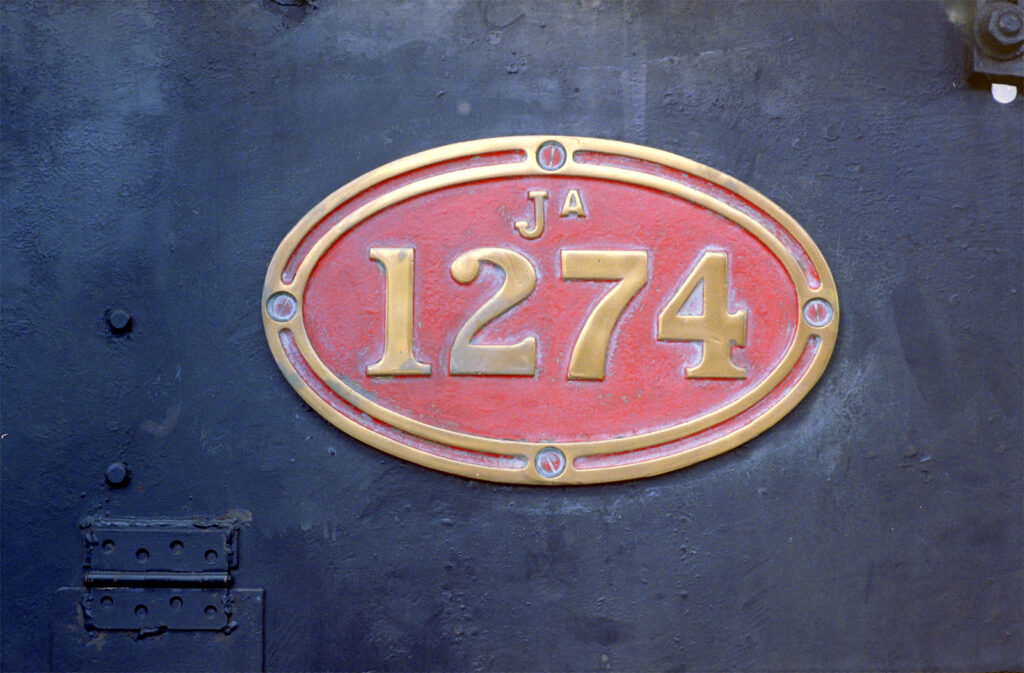
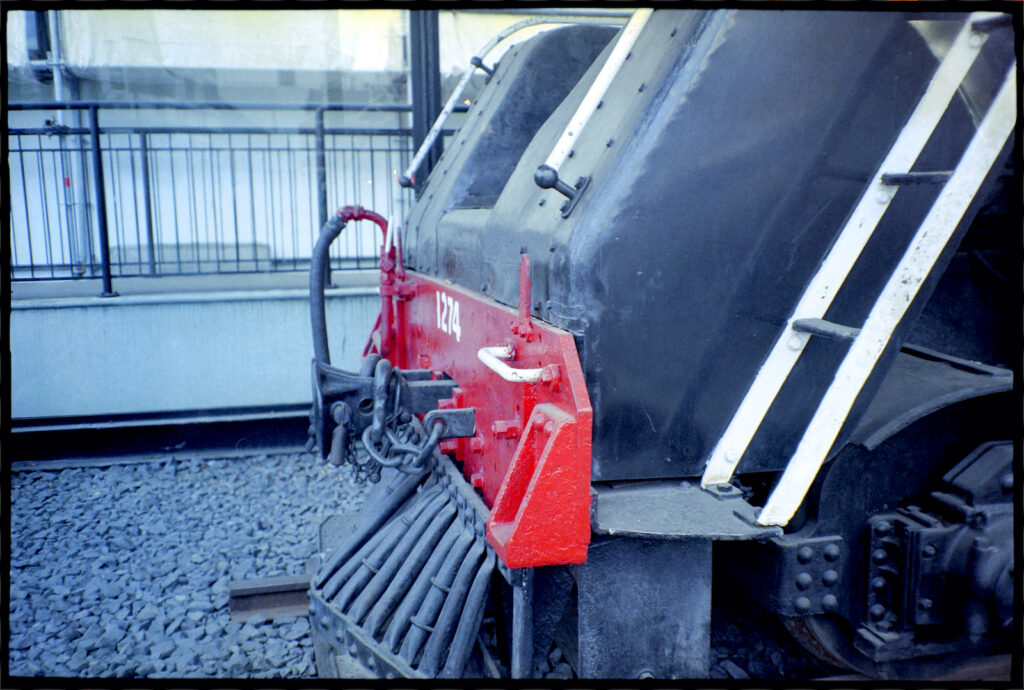
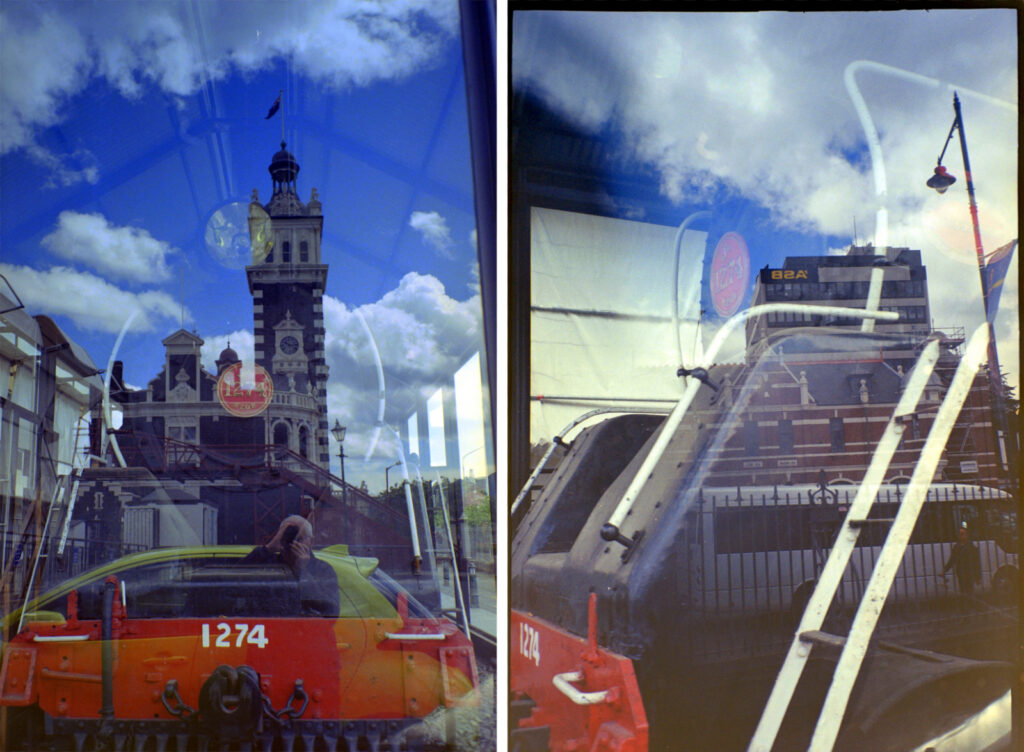



16
Overall the results are very good but there is a variable light leak in one corner of the frame which needs investigation, apparently coming from the lens assembly and seems to have started when the finder stopped zooming.
Final comment
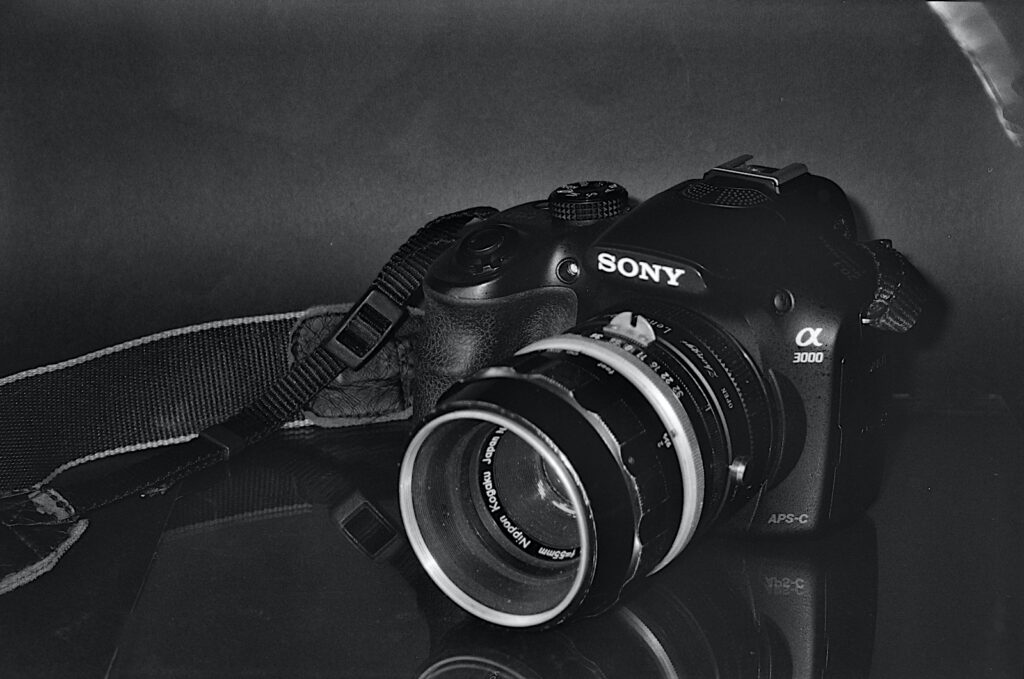
The Panasonic C 2200 ZM is a sophisticated, well specified camera that appeals on several levels. It can be a simple switch on and shoot P&S, a pocketable, versatile go everywhere camera or one to use in less usual situations such as through windows or where flash isn’t allowed.
The 1987 start for date imprinting is in contrast to the Leica version which starts at 1994 when the camera was introduced but both end at 2019. It makes me wonder if it was originally a Panasonic design, or even a collaborative prototype with Nikon, that Leitz later adopted and adapted for the Mini.
With new materials and methods being introduced, it is reasonable to assume specialisations developed in particular areas leading to sub-contracting for specific components. And of course Leica has partnered with both Minolta and Panasonic in several areas, subsequently collaborating with Panasonic even more in the digital era.
Share this post:

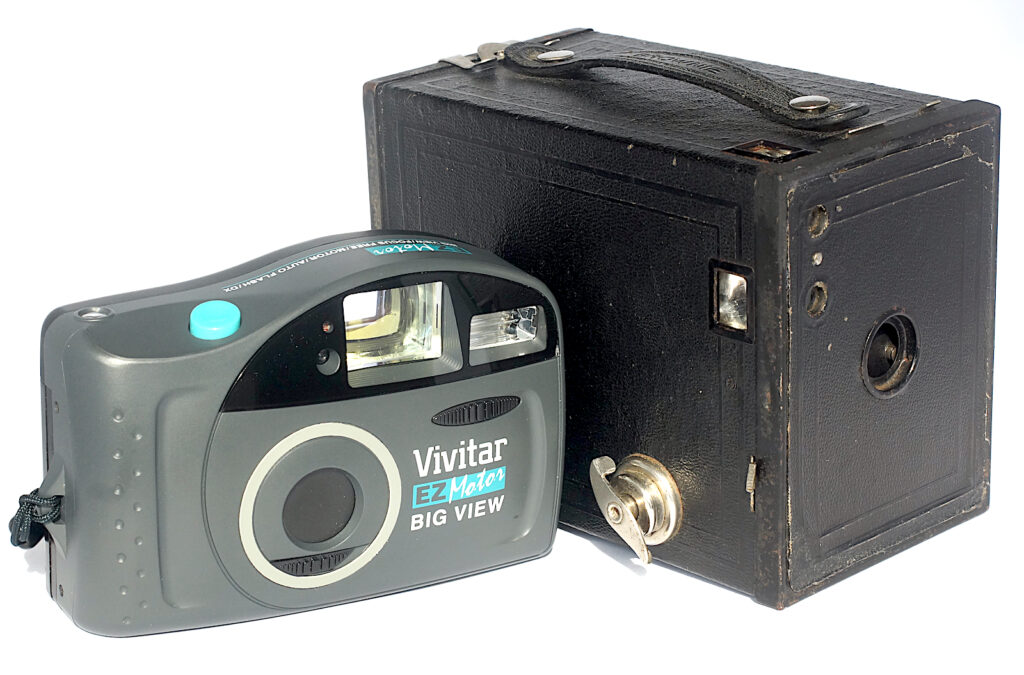
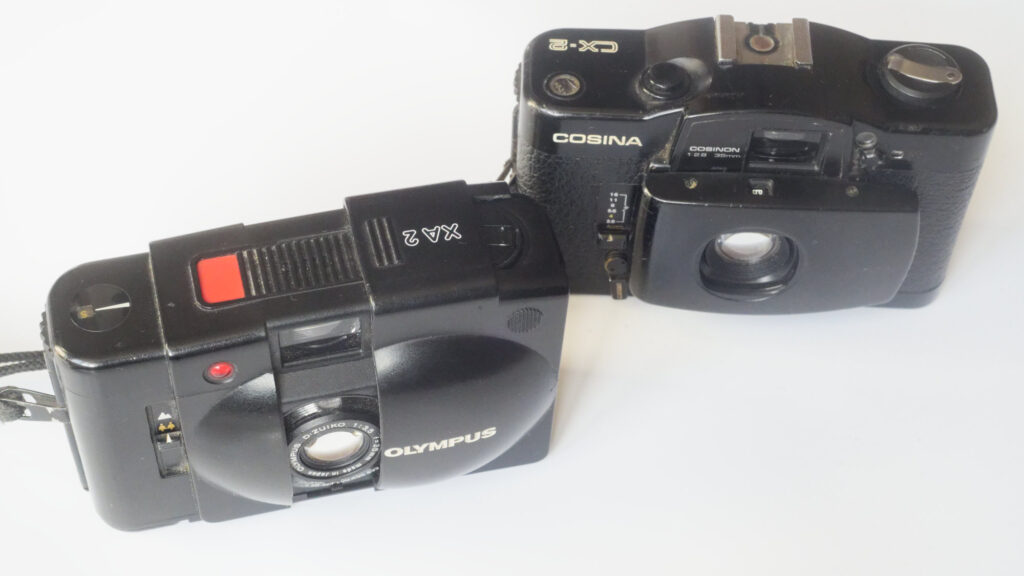


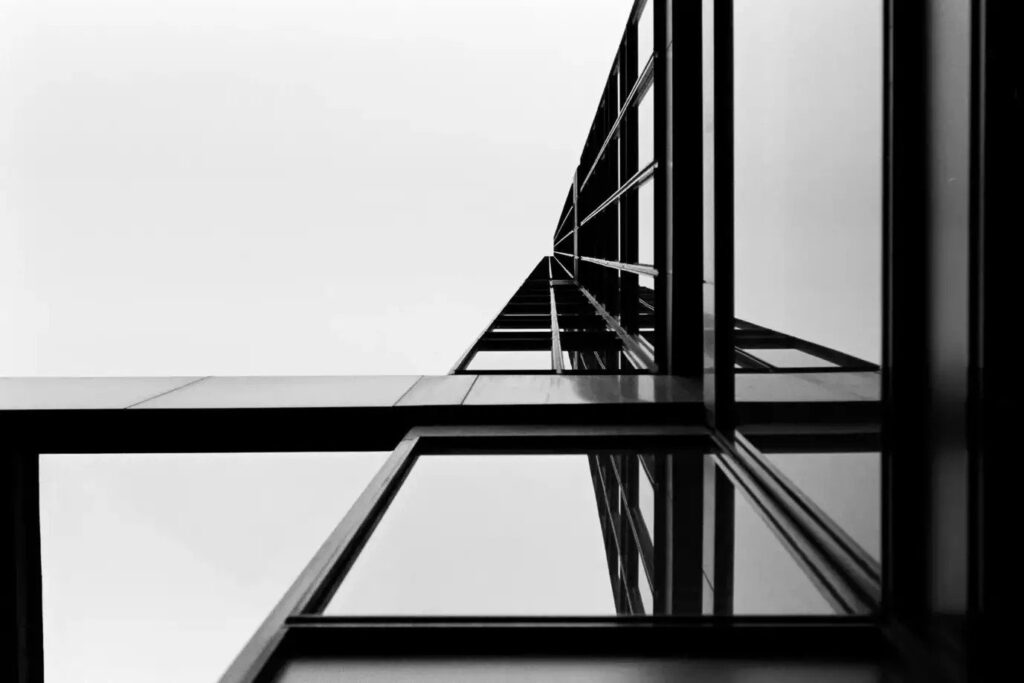


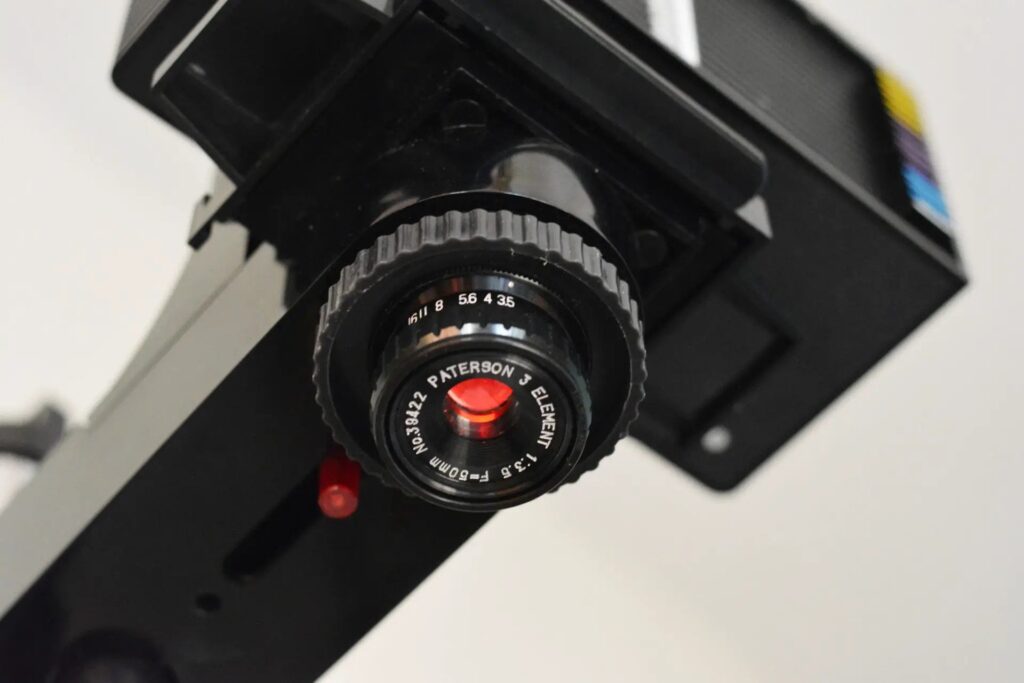
Comments
Bob Janes on Panasonic C 2200 ZM Mini&Zoom
Comment posted: 16/11/2025
The co-operation you outline at the start of your article is remarkable, but this was the same sort of time that a lot of these camera companies had also been co-operating on the specification for APS...